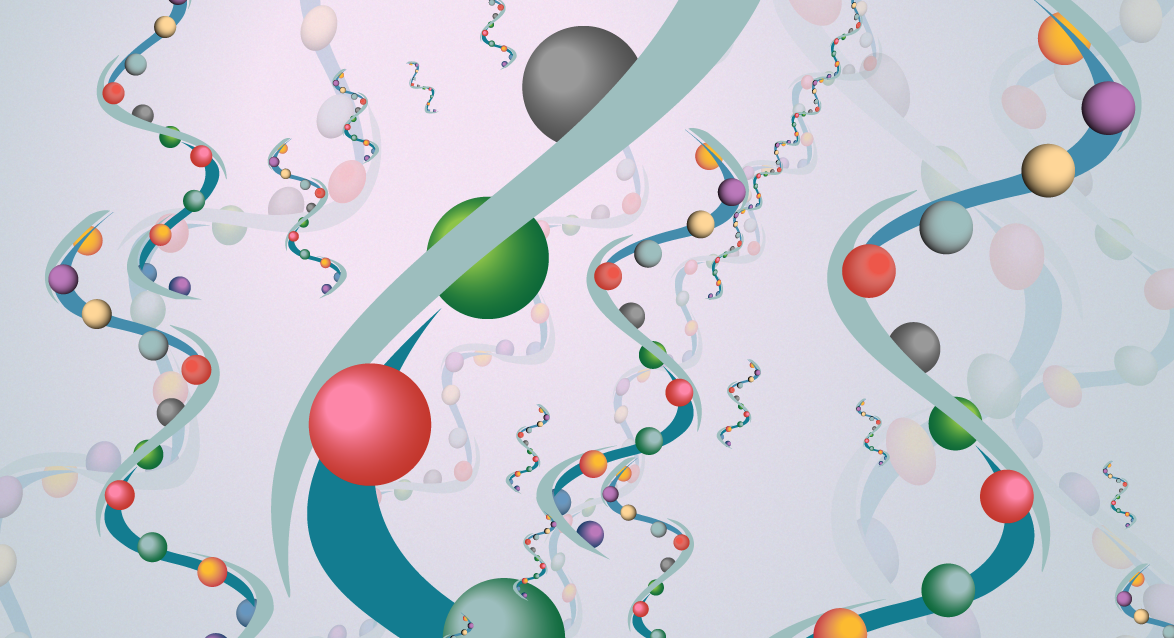
The Decline of Arctic Sea Ice

The decline of Arctic sea ice in recent decades has occurred at a more rapid rate than predicted by most climate change models. Many scientists suspect that the deterioration results from a combination of global warming and other climate cycles.
A new study by UC Santa Barbara climate scientist Qinghua Ding and colleagues at the University of Washington and the National Oceanographic and Atmospheric Administration (NOAA) has found that natural variability in the atmosphere over the Arctic Ocean is responsible for causing a substantial amount of summer sea ice loss. The findings appear in the journal Nature Climate Change.
“Anthropogenic forcing is still dominant, still the key player,” lead author Ding, an assistant professor in the Department of Geography, said in reference to human activity. “But we found that natural variability has helped to accelerate this melting, especially during the past 20 years.”
Teasing apart the natural and human-caused contributions to sea ice decline could help predict future conditions in Arctic seas as climate change opens up those waters in summer. Forecasting sea ice conditions is relevant for shipping, climate science, Arctic biology and even tourism.
Ding describes the Arctic as a room in which climate change from greenhouse gas emissions acts like a residential furnace, causing gradual temperature rise. Natural variability functions like a heating blanket, warming a specific area. In this case, that blanket has been sitting over the Arctic Ocean since the late 1990s.
To focus specifically on what natural atmospheric circulation means for Arctic sea ice in September, when the ocean reaches its maximum area of open water, Ding designed a new sea ice experiment that combines impacts due to climate change with observed weather in recent decades.
The model demonstrates that since 1979 a shift in wind patterns is responsible for about 60 percent of sea ice loss in the Arctic Ocean. Much of this shift is related to climate change, but the study finds that 30 to 50 percent of the observed sea ice loss is due to natural variations in this large-scale atmospheric pattern.
According to Ding, the long-term cycles are thought to be driven by the tropical Pacific Ocean. Conditions there set off ripple effects, causing stationary atmospheric waves to snake around the globe and create areas of higher and lower air pressure.
Whether the atmosphere will stay in its current phase is unknown. It could enter an opposite phase in which a low-pressure atmosphere over Arctic seas would cancel out much of the increased melting due to climate change.
“We still have some difficulty in predicting this internal mode in the tropical ocean, which means we need more data, more good long-term observations,” Ding said. “In the long term, say, 50 or 100 years, the internal variability will be overwhelmed by anthropogenic warming. But to predict what will happen in the short term — 20, 30 or 40 years — we need to understand both components.”
The research was funded by NOAA, the National Science Foundation, NASA and the Tamaki Foundation. Other co-authors are Axel Schweiger, David Battisti, Stephen Po-Chedley, Eduardo Blanchard-Wrigglesworth, Ryan Eastman and Eric Steig of the University of Washington and Michelle L’Heureux, Kristin Harnos and Qin Zhang at NOAA’s Climate Prediction Center.



